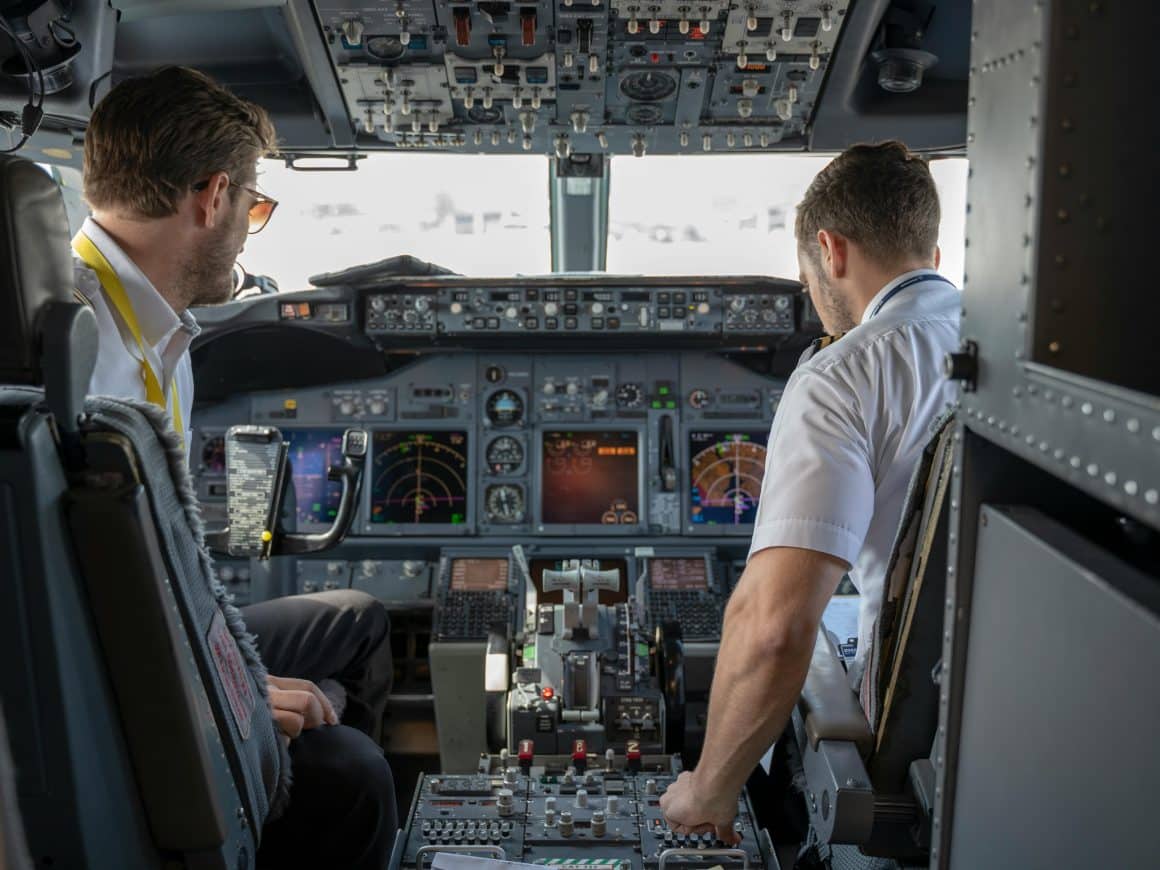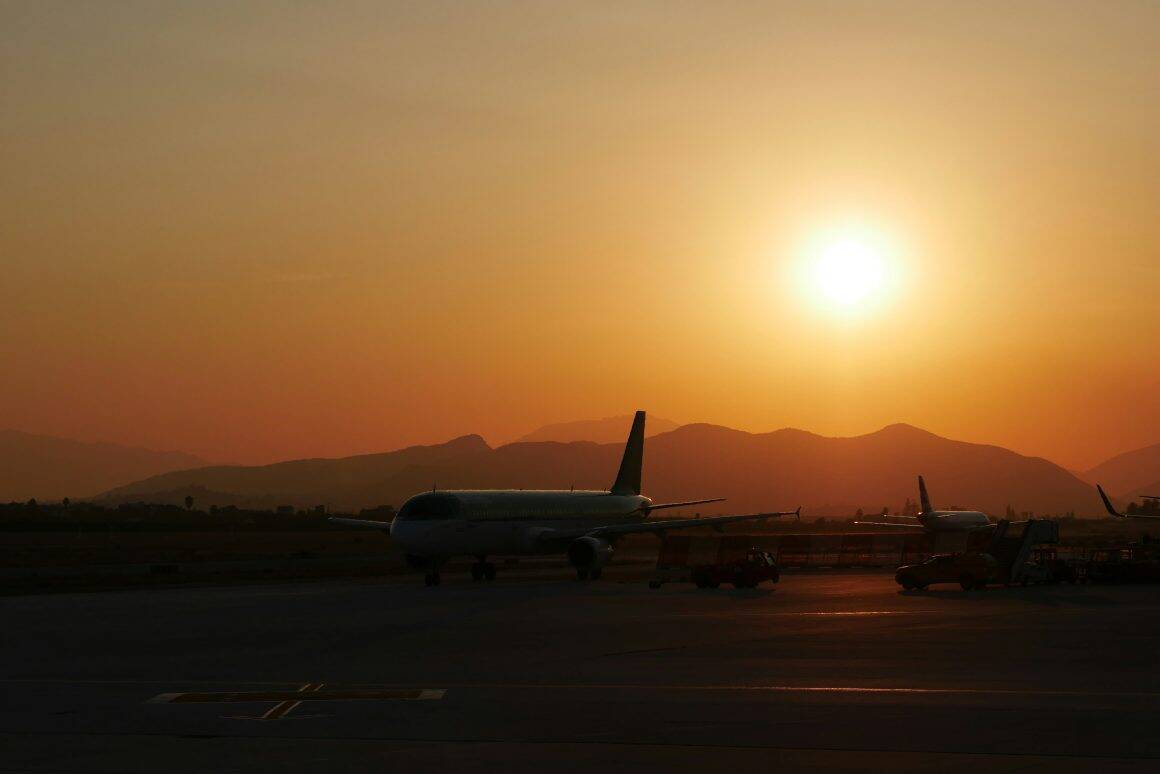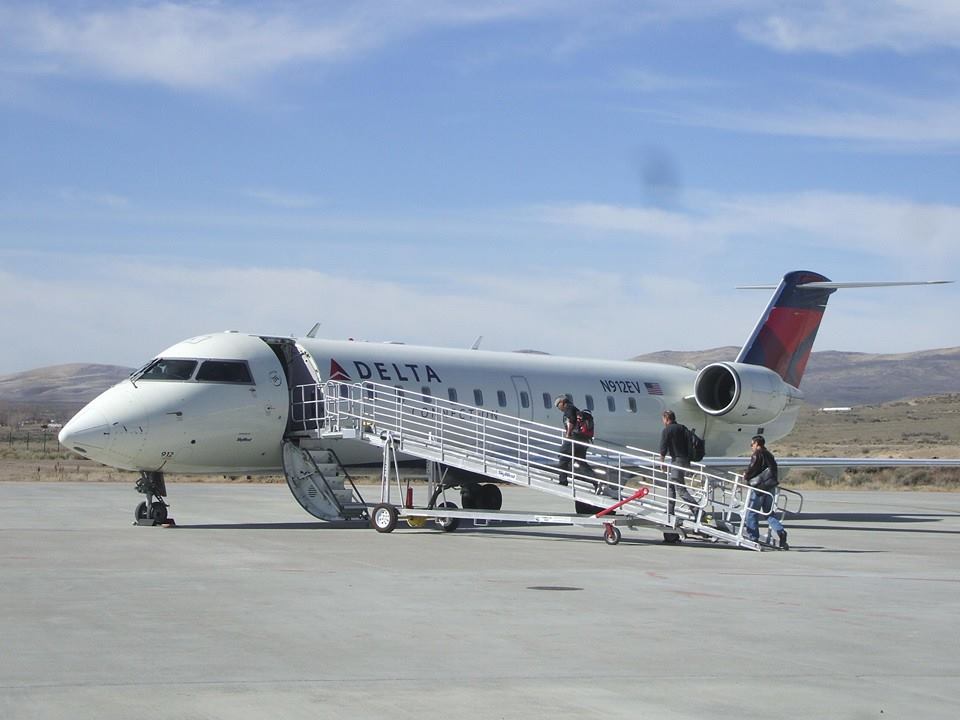As we slog our way through midsummer heat and humidity, we often hear the question: How hot is too hot for airlines to operate?
It’s summertime, so you know it’s typically going to be hot this time of year. If you are living in parts of Southern California, Nevada, or Arizona, temperatures can get obscenely hot this time of year. High temperatures in the 100s (F) are common.
Just last year, in 2024, those areas saw temperatures soar even higher than usual. Palm Springs reached a new all-time record high of 124 degrees Fahrenheit or 51.1 degrees Celsius. Las Vegas topped out at 120 degrees Fahrenheit, breaking a record high for a city used to hot summers. When is it too hot for airlines to continue operations?
The answer lies in both aircraft and human performance

Both aircraft and the people who support operations are affected by the heat. The aircraft itself is affected by increasing temperatures. Aircraft performance is affected by what pilots call density altitude. As air temperature increases, the density of the air decreases, which increases density altitude. Confused?
Density altitude is just a number, measured in feet. This means that an aircraft’s wing and engine performance are negatively affected because the aircraft performs as if it is operating at a higher altitude than the actual altitude (height above sea level) of the aircraft in which it is operating.
Due to the less dense air at the higher temperature, the wings generate less lift at the same airspeed than they would at a lower temperature or altitude. Aircraft engines are also less efficient at higher temperatures.
This translates into longer takeoff distances required for a given aircraft weight. The video below by YouTube creator Speedbird283 shows an Airbus A321 with a long (but totally safe) departure roll out of Phoenix during the summer.
It’s all about the density altitude
With such extreme operating temperatures, even modern airliners have limitations. The takeoff distance required increases as density altitude increases. This means that an airliner will need both a longer runway and a higher takeoff speed to carry a similar payload than if it were operating at an airport with a lower density altitude.
Planes are also limited by their max tire speed. In some cases, the aircraft could technically accelerate to a certain speed and liftoff in the required runway. However, it would exceed a limitation of the tire’s maximum speed meaning that the tire could destruct if operated at a higher ground speed than its limitation.
Prior to departure, operators also have to factor in climb performance after takeoff. Even if an aircraft can safely takeoff in the available runway distance, they have to be able to climb at a certain gradient to avoid terrain, buildings, and other obstacles. Even more limiting, regulations require that carriers ensure that aircraft can safely out climb obstacles after takeoff even if the aircraft loses an engine.
How do airlines adjust when it is so hot?

Airlines have a multiple options to deal with aircraft performance issues. It starts with the airlines scheduling their most capable aircraft in areas where they are likely to encounter hot weather. That is why you will see plenty of 757s and less CRJ-200s at ‘high and hot’ airports like Phoenix, Las Vegas, and Palm Springs.
Airlines will also proactively adjust their schedule by season so that flights likely to have performance limitations(due to longer stage length, more payload) depart in the morning or evening when its cooler. If that is not possible, then airlines will be forced to reduce payload. They will typically defer less time-sensitive cargo first, followed by non-revenue passengers.
If performance limitations are still too great, the airline will seek volunteers to lessen the load. Less preferable, airlines will take off with less fuel by planning a fuel stop at an intermediate location. This option is least preferred because it disrupts the flying schedule. Delays induced by a fuel stop are an inconvenience for aircrews, schedulers, and passengers alike.
Heat can also affect landing performance. In ‘high and hot’ conditions, landing distances are lengthened as higher landing speeds are required for a given length. This results in longer brake cooling times that limit the speed at which an aircraft can be turned around for its next flight. In rare conditions, aircraft might not even be able to fly an approach to a runway because their performance in the event of a missed approach might be too limited.
It’s not just aircraft performance, people are affected by the heat too

We all know that high temperatures and humidity affect people, too. The heat negatively affects ramp personnel, provisioning, fuelers, and operations.
As the temperature rises, these workers must be given more frequent breaks to avoid heat stress and even heat stroke. And if you’ve ever mowed your yard on a hot day, you know that oppressive heat negatively affects how fast and efficiently you can complete the job. These breaks and delays must be factored into airline schedules as well.
Additionally, passenger comfort is also a concern. APUs and ground air do not cool as well in such high heat conditions. This can make aircraft passenger cabins unbearable even if the airplane itself can safely operate in the conditions.
Back to the original question, how hot is too hot for airlines?
Like most questions, the answer depends. A Boeing 737 can technically operate at temperatures as high as 54 degrees Celsius or 129 degrees Fahrenheit. However, the max fuel temperature is limited to 49 degrees Celsius. Additionally, many airlines only have performance information up to 50 degrees.

Smaller airlines like the/infamous CRJ-200 (you know…the Nickelback of the skies) are even more limited. They can only depart with a maximum temperature of ISA+35 degrees Celsius or around 118 degrees Fahrenheit.
The bottom line? When it gets hot, almost all people tasked with operating an airline become concerned and review aircraft performance, operations, and passenger comfort more closely. Who is already looking forward to cooler temperatures this fall?
